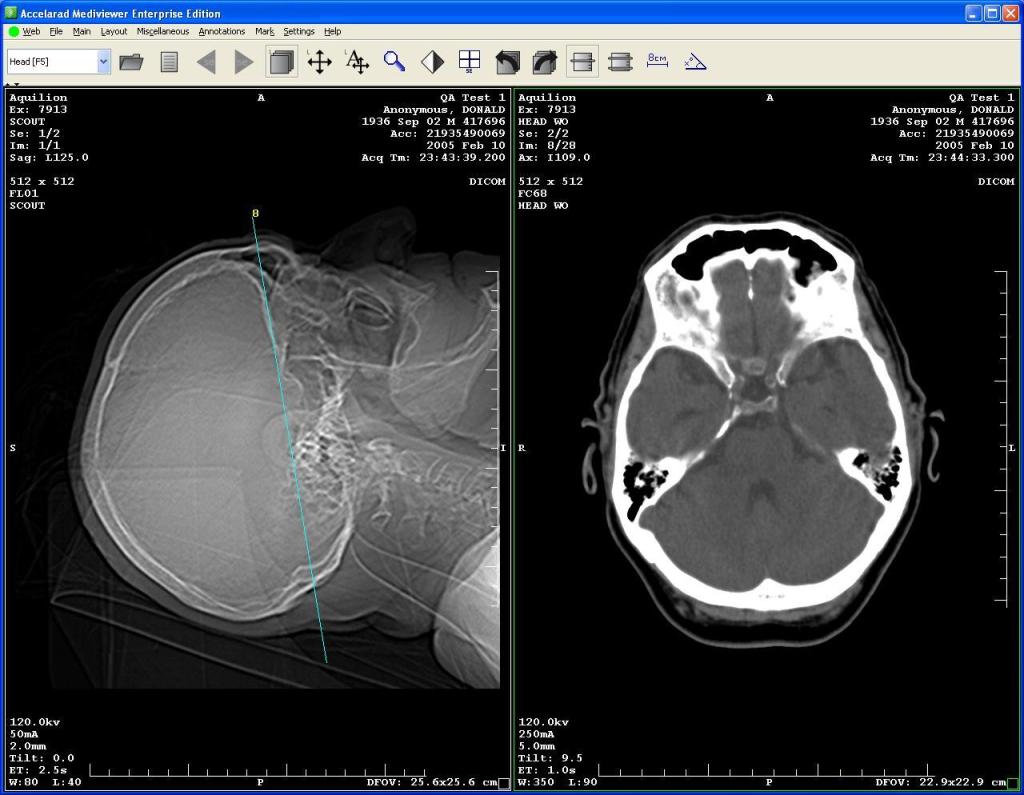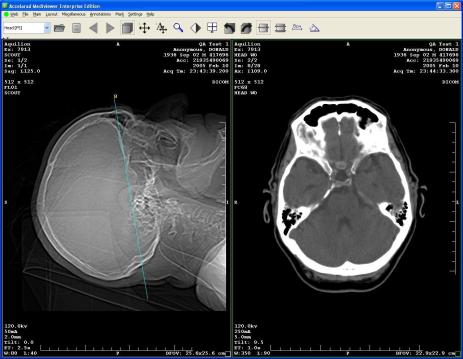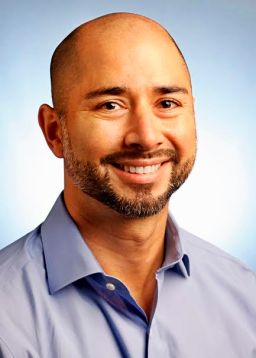A newborn baby lay in a neonatal unit in Melbourne, Fla., with a twisted bowel, a life-threatening condition.
Almost immediately after the problem was recognized in Melbourne, pediatric specialists 75 miles away in Orlando were able to view images of the baby’s bowel.
Things moved rapidly from there. The infant was taken by helicopter to Arnold Palmer Children’s Hospital in Orlando, where the surgical team had prepared for its arrival. They were able to get right to work saving the child’s life.
“We had everything arranged before the baby got there,’’ says Dr. Donald Plumley, a pediatric surgeon with the children’s hospital.
The imaging software that transmitted the Florida baby’s images was developed by Accelarad, a Sandy Springs-based company started by former Georgia Tech graduate students.
Accelarad uses cloud-based software to allow medical providers to share medical images such as X-rays, CT scans and mammograms. Images can be viewed through such everyday devices as mobile phones and iPads.
The idea “is to make it as easy as uploading photos on Facebook,” says Arman Sharafshahi, president and co-founder of Accelarad.
A privately held company founded in 1999, Accelarad has more than 1,700 medical facilities in its network.
The company is part of the health care IT boom in metro Atlanta. “When we graduated, we realized Atlanta is a substantial hub in health care IT.” Sharafshahi says.
The company’s pitch is that it delivers fast images, better patient safety and lower health costs.
Accelarad says millions of radiology exams are done each year, with about 20 percent being repeat scans — totaling $10 billion in excess costs.
“If kids come and are sick, the last thing you want to do is repeat the radiation risk of another CT scan,’’ Plumley says. Often, the hub hospital can decide based on the images it receives that a child doesn’t need to be transferred there, but can be treated at the local facility, he adds.
Even patients take a peek
Plumley is a doctor, not a technology wonk, and he freely admits that the image transmission process is a bit of a mystery to him. “I don’t know how it works,’’ he says, but quickly adds, “I like how it works. It’s in the cloud, and I know it’s out there.’’
Accelarad sells subscriptions to health care organizations for joining the company’s network. Larger hospitals can connect with smaller facilities and with doctors through the software service.
“A neurosurgeon can view images on an iPhone or iPad before a patient arrives at a hospital,’’ Sharafshahi says.
Without such technology, hospitals and medical facilities have to burn a CD with the radiology images, then send it to a receiving facility or doctor.
St. Francis hospital in Columbus has used Accelarad for several months. The hospital, which has a new collaboration agreement with the Mayo Clinic Care Network, can send images to physicians at Mayo who can consult on difficult cases, says Jeanie Adams of St. Francis..
“Instead of sending a CD, we can get it to them immediately,’’ Adams says. “Burning CDs is not always 100 percent [reliable]. Sometimes you can’t read them.”
In addition, Adams says, Warm Springs Medical Center outside Columbus can send a patient’s images to St. Francis, where a specialist can determine what care is needed.
“Our physicians like it,’’ she says. “It also allows them to see images on their iPad. They don’t have to be in their office to see their images.’’ The system is very secure in regard to patient privacy, Adams adds.
Medical professionals are not the only people using the system. Patients can also log on and view the images of their tests, Sharafshahi says. “We have a lot of hospitals encouraging patients to do this,’’ he says.



